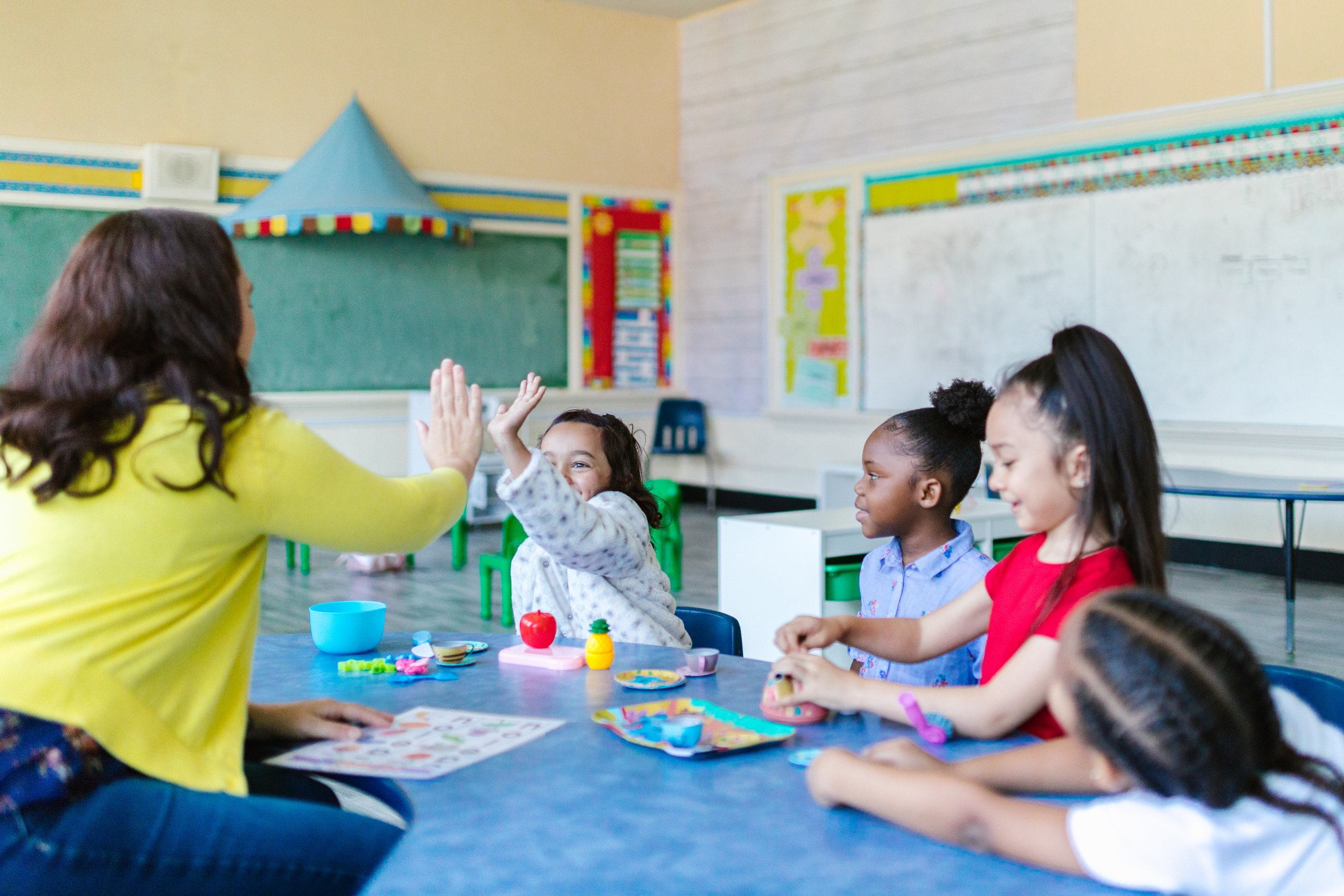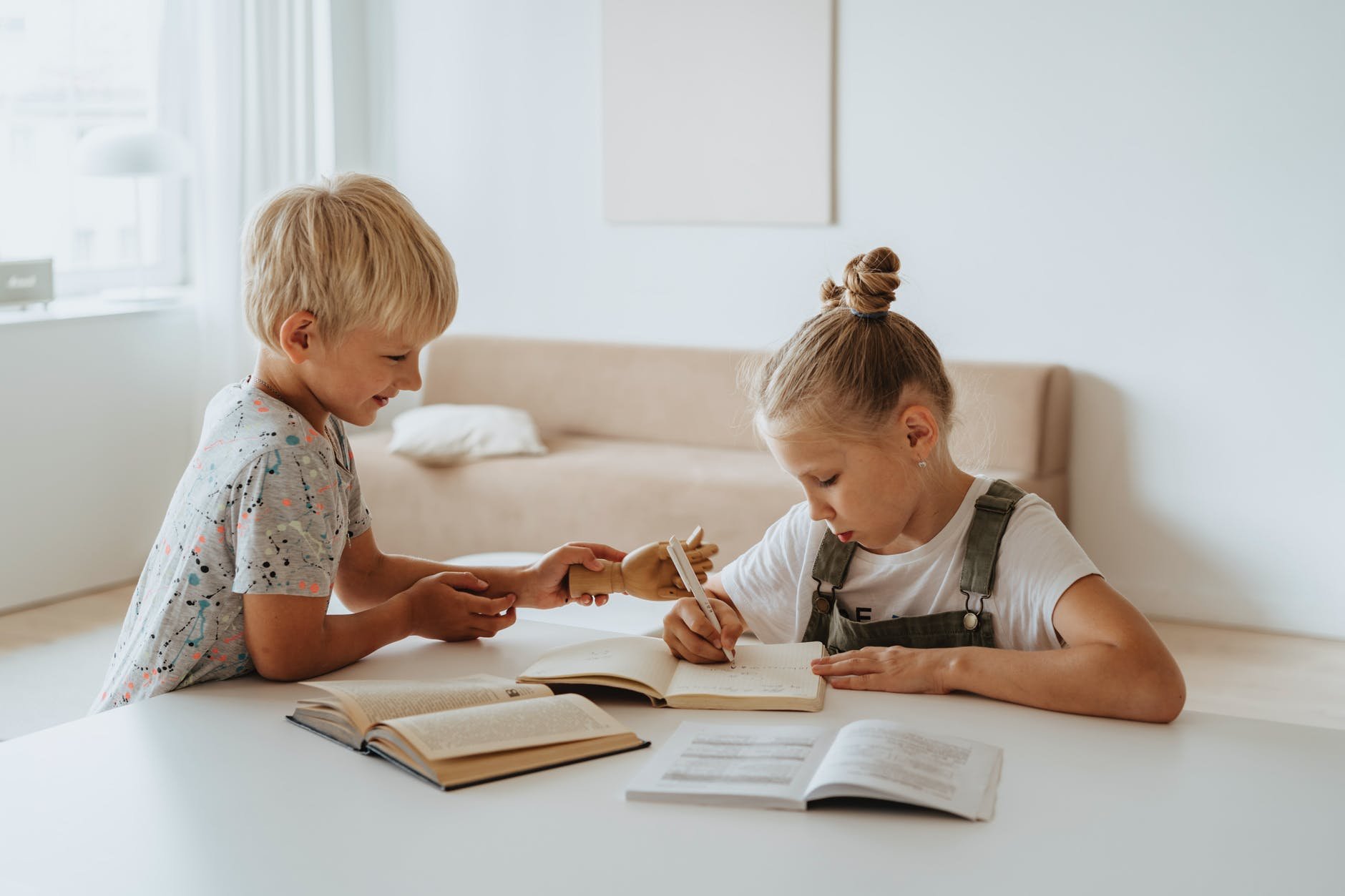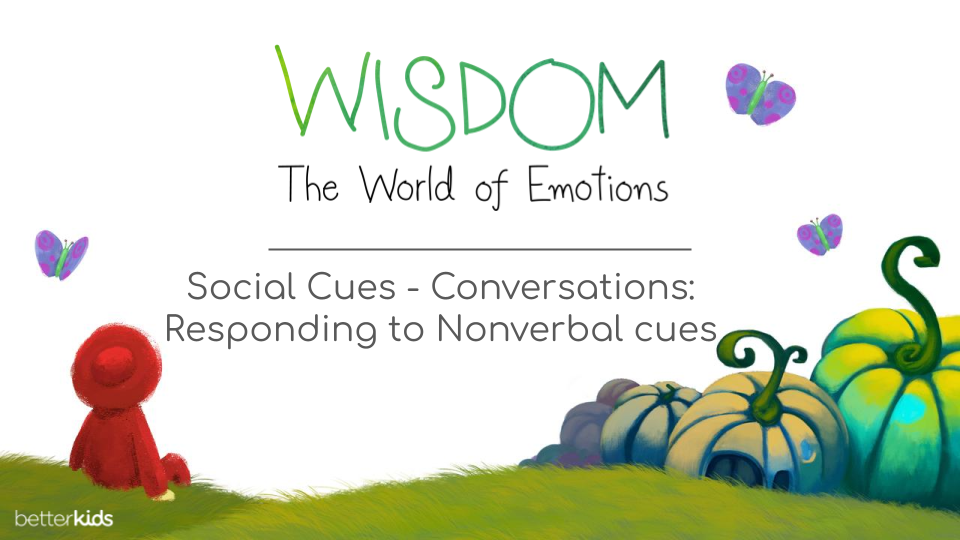What does it mean to be socially aware or to have social awareness? According to the Collaboration for Academic and Social Emotional Learning, it is the ability to “understand the perspectives of and empathize with others including those from diverse backgrounds, cultures, and contexts.” When we are able to recognize the emotions of others, we are building a foundation for demonstrating empathy and compassion.
What is social awareness?
How often do we find ourselves consciously aware of the feelings and perspectives of those we interact with every day, whether they are familiar or strangers? At school, kids have numerous interactions with peers, teachers, and more. Outside of school, social situations can include being around family members at home, friends at the park, or community members at the local library or grocery store. How can we teach our kids to take the perspective of the various people they interact with, and show compassion and concern for their feelings? Social awareness, or socialization, is an important skill for kids to develop in order to build positive relationships and make responsible decisions.
In addition to improving relationships and communication skills, social awareness is also important for our own emotional well-being. Remember Maslow’s hierarchy of needs? We need to feel loved and fulfill our sense of our belonging. Dr. Nicki Lisa Cole shared with ThoughtCo that, “During socialization, a person learns to become a member of a group, community, or society” therefore fulfilling the need for the sense of belonging.
How do we recognize others' emotions?
In order to recognize others’ emotions, we first need to be able to recognize our own emotions. This self-awareness is an essential tool for taking perspective for the feelings of those around us. Recognizing emotions includes reading facial expressions, body language, and understanding voice intonations. Here are a couple examples of a situation in which the child has social awareness and what the same situation looks like when the child does not have social awareness.
Here is John being socially aware: John notices that Abby was more quiet than usual at recess. She’s usually the first one in line and loves cheering everyone on. John invites Abby to sit with him at lunch. He asks her about her day and listens patiently when she tells him she had a difficult time with the math test they took earlier that day.
Without social awareness, here is what John’s example might have looked like: John races past Abby to be first in line at recess and gets frustrated with her when she doesn’t cheer on her teammates. At lunch he starts talking about the math test earlier that day and asks Abby why she was the last one to turn in her test. John doesn’t notice when Abby leaves the table and continues talking to his friends.
Here is Kelly being socially aware: Kelly and her sister, Lynn are doing their homework when Kelly notices Lynn crumple her paper and put her head in her hands saying, “this makes me so angry.” Kelly takes a slow deep breath, in through the nose and out through the mouth. She says, “I learned at school that when I get frustrated I get to choose how I respond. I learned something that helps me is to walk away and take deep breaths. When you are ready, you can try it too.” Kelly continues to work quietly while Lynn crumples her paper some more. After a moment Lynn stands up and asks Kelly to lead her in the breathing exercises.
Without social awareness, here is what Kelly’s example might have looked like: Kelly and her sister, Lynn are doing their homework when Lynn suddenly crumples her paper and puts her head in her hands saying, “this makes me so angry.” Kelly rolls her eyes and says, “I can’t concentrate. I’m sure your homework isn’t that difficult, you’re only in the second grade.”
Positive Outcomes of Social Awareness
Developing this important skill will help kids to build strong positive relationships in their school, home and community. An understanding of others’ perspectives and recognizing just and unjust social norms will also help them be able to make responsible decisions. With socialization comes the strengthening of other skills related to social emotional learning such as:
Empathy - social awareness strengthens our ability to relate to how someone is feeling.
Appreciation for cultural differences and diversity - our social awareness and empathy helps us to connect with the world around us.
Strong teamwork - both adults and kids can work together as teams that embody respect and strong communication when they are aware of the feelings and perspectives of those around them.
Practicing Social Awareness
Listening
Modeling and practicing good listening skills is a good first step to take when building social awareness. As parents and teachers we can model listening with verbal and nonverbal cues. For example, after listening to your child or student tell a story about their day you can share their perspective and recognize any emotions they might have shared.
Recognizing Social Cues
One aspect of developing socialization is being able to recognize social cues, or social norms. These include voice intonations, body language, and verbal and nonverbal cues. Wisdom: The World of Emotions (iOS, Android, Desktop) features a catalog of activities that focus on these skills to help kids learn more about observations and communication with real-life examples.
Reading Books
Books are a great way to help children build social awareness through visual representation and storytelling. This is especially true with books that have real-life examples children can connect to and relate to the characters. Check out our list of 22 books that can help spark meaningful conversations for children to learn more about themselves, others and the world around them.
Expressing gratitude
When we are expressing gratitude we are recognizing and acknowledging kindness that was shown to us, and we want to return that kindness! Practicing gratitude daily will help to strengthen our ability to empathize and be compassionate.
Developing social awareness, as with all social emotional skills, won’t be linear. Children will face challenges along the way and being aware of those around us, their feelings, and their perspectives will take practice. With practice also comes the ability to build strong relationships and make responsible decisions.






